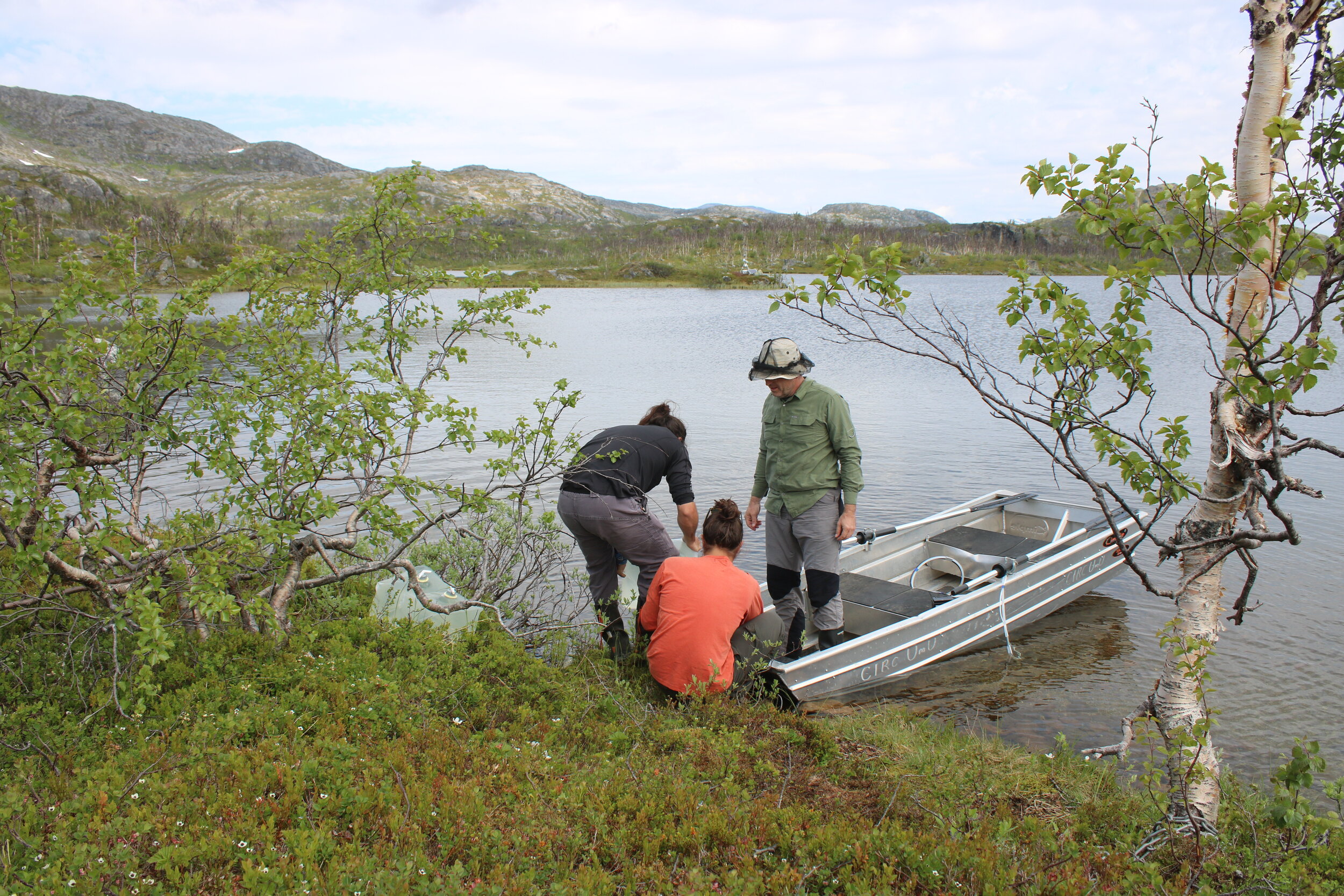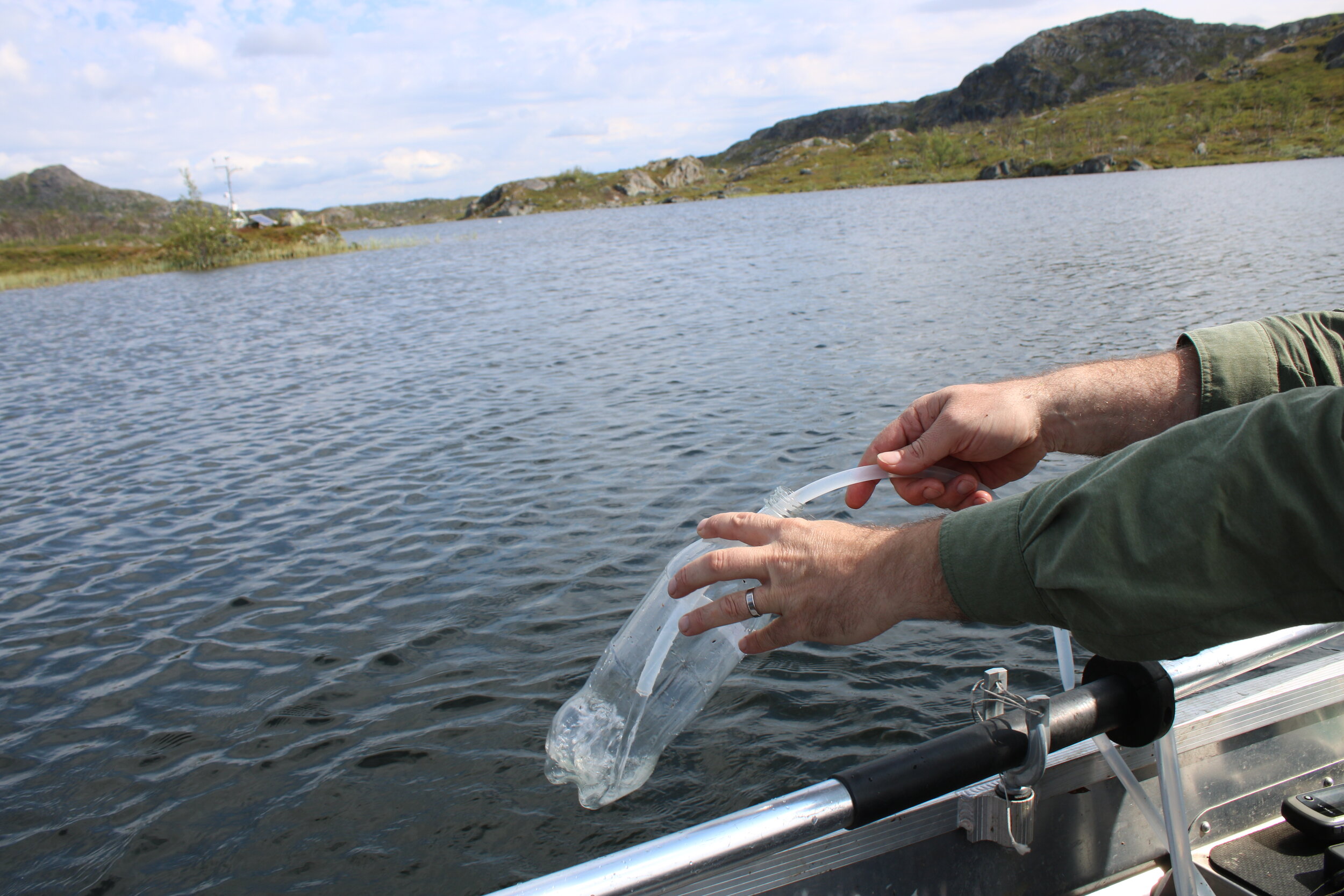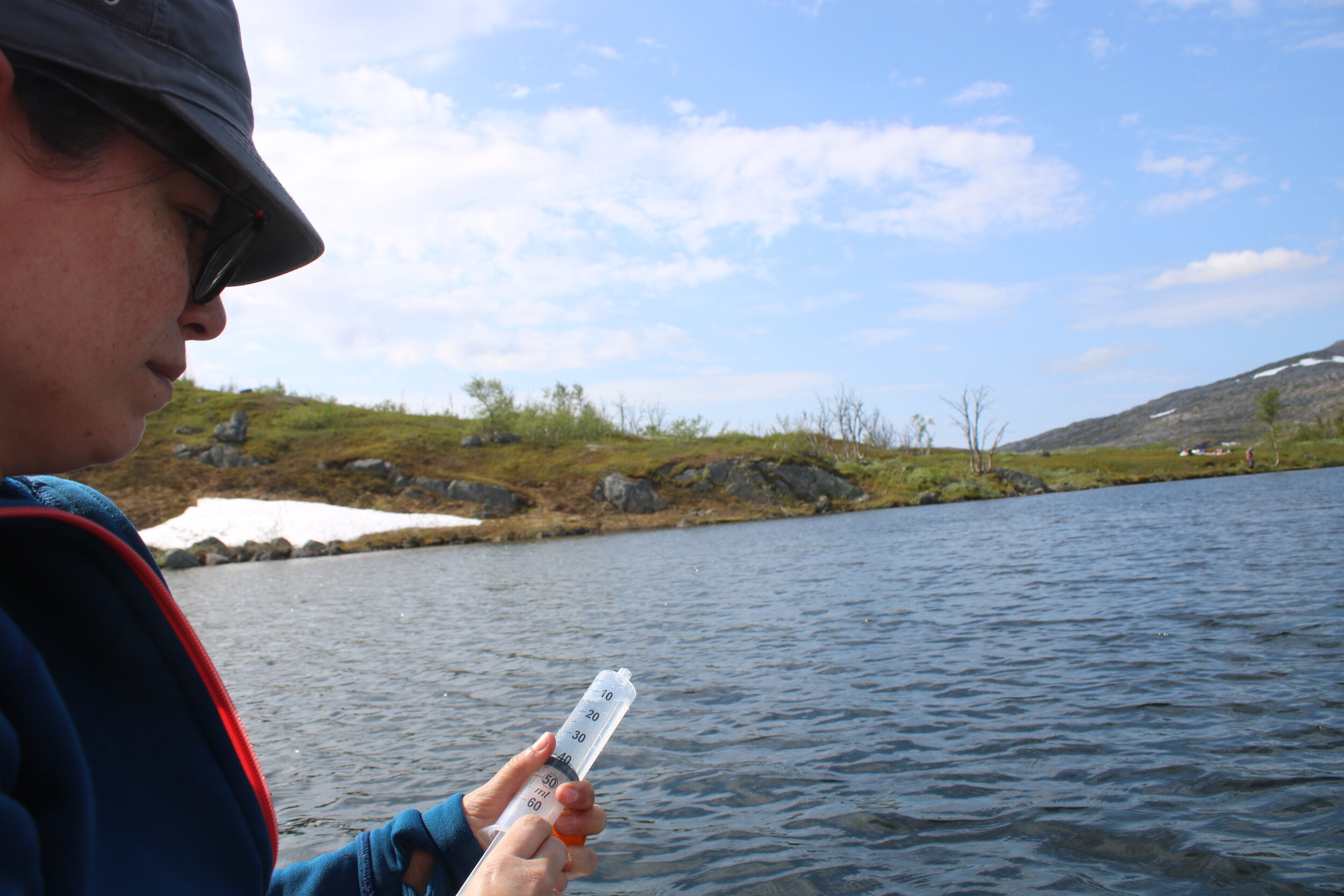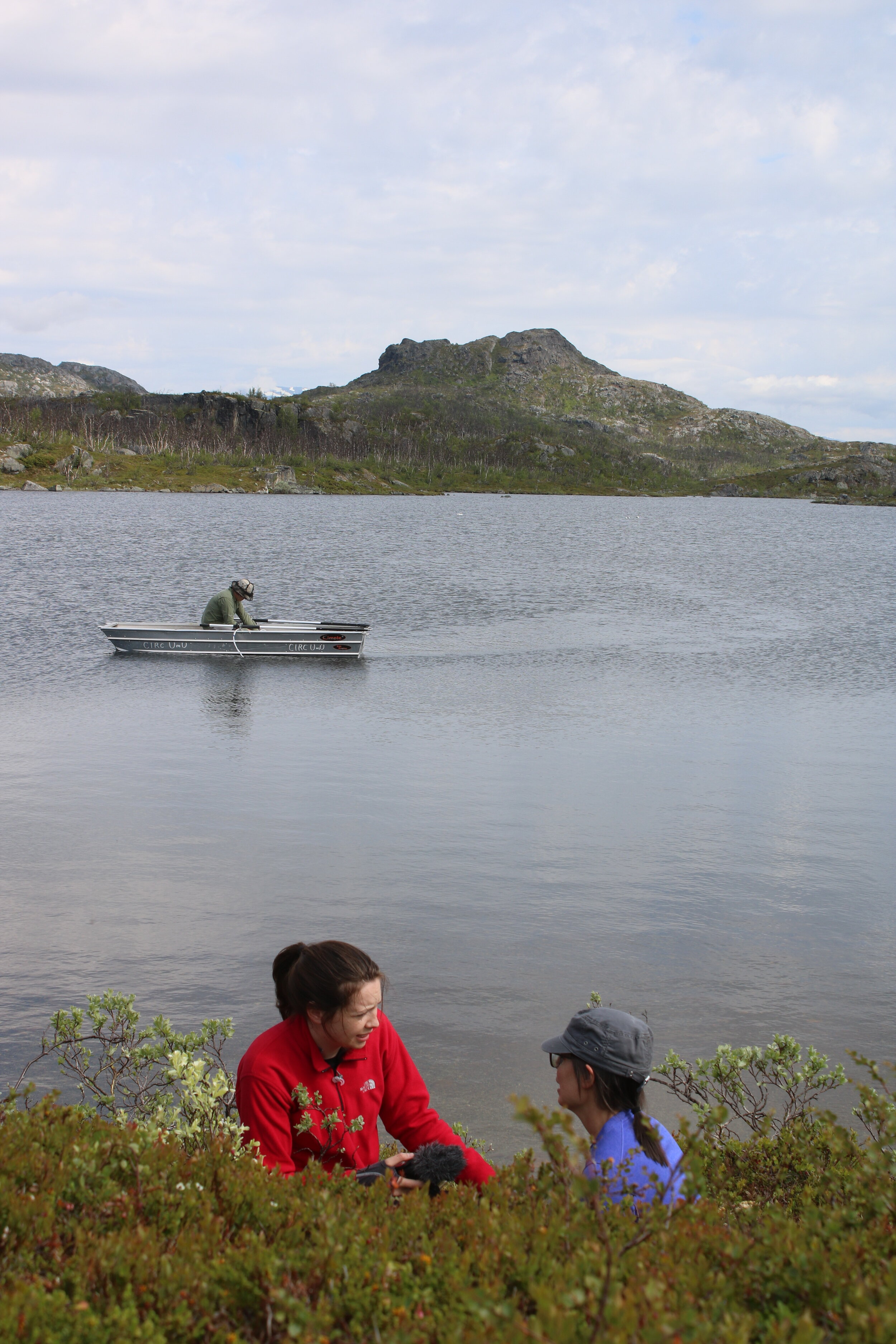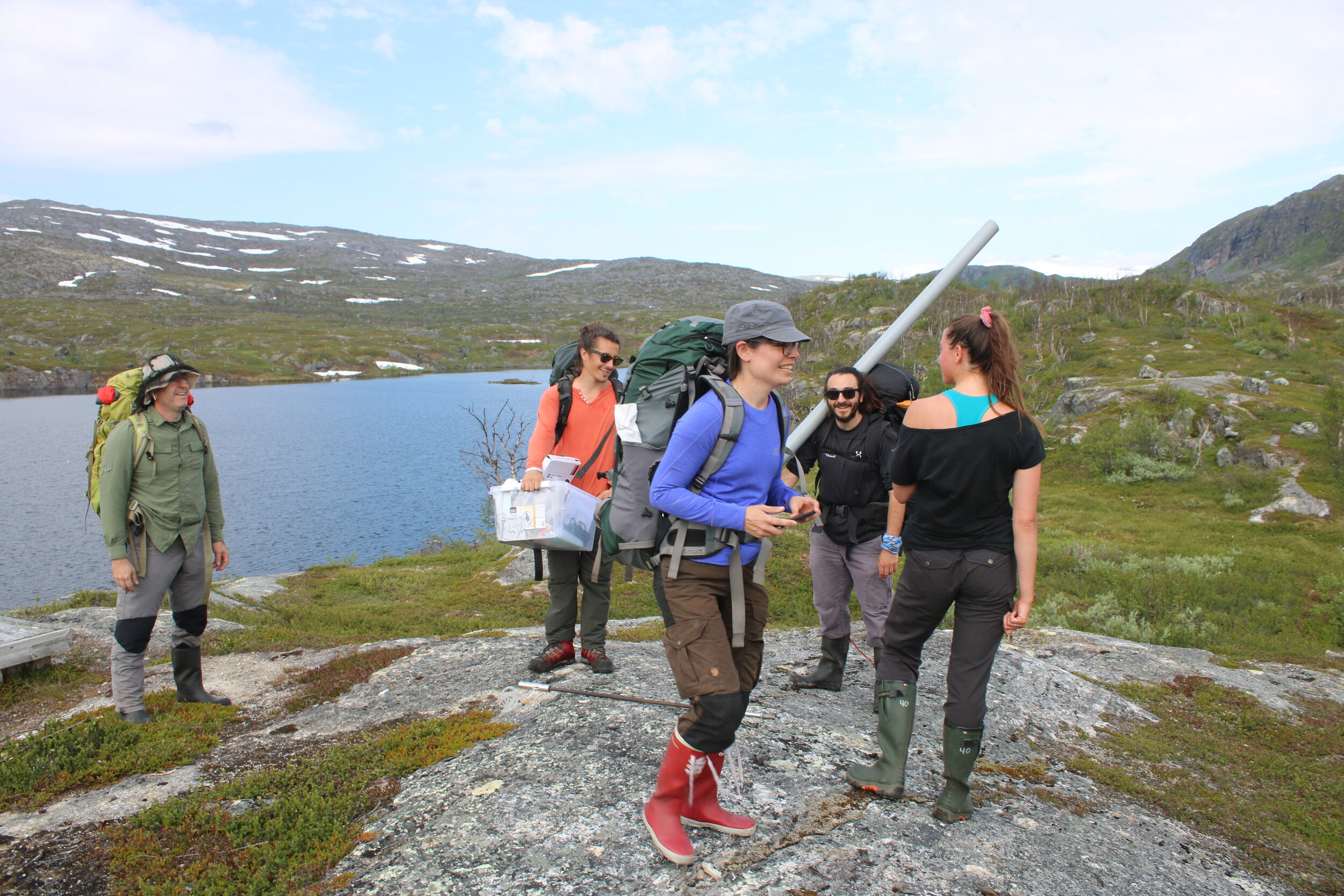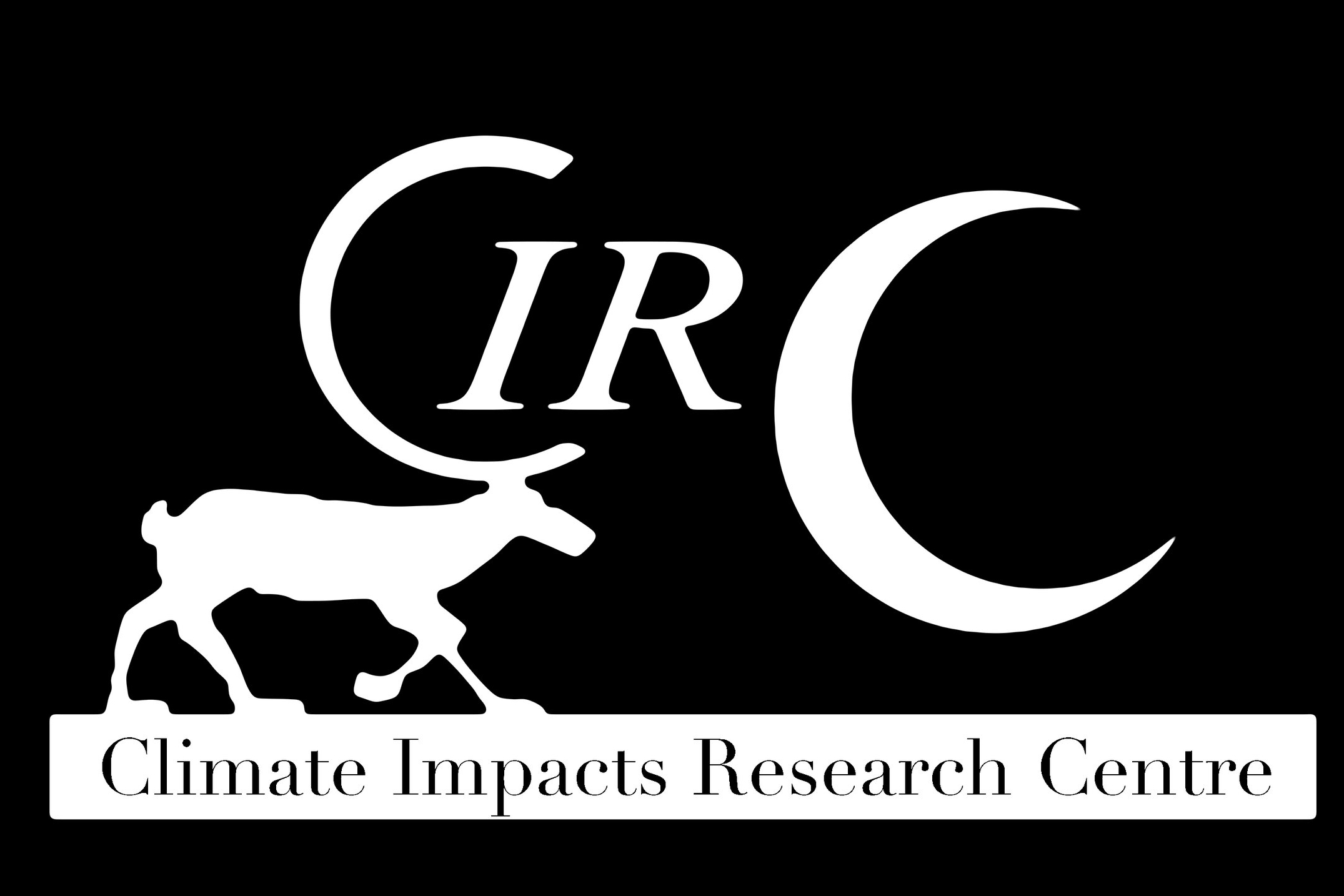Groundwater discharge: a hidden driver of greenhouse gases (CO2 and CH4) emissions from lakes
Project Summary
Over half the below-ground terrestrial organic carbon (C) pool resides in permafrost soils that are currently thawing because of recent climate change. As a result, vast amounts of terrestrial carbon (C) are mobilized, having the potential to accelerate global warming. The enhanced transport of other elements (e.g. nutrients and pollutants) with thawing may also cause dramatic biogeochemical impacts such as eutrophication or high-latitude pollution in aquatic ecosystems. Despite the dramatic ecological effects of thawing permafrost, how this process occurs and the strength of the export of biochemical compounds to surface waters still represents one of the biggest uncertainties in our climate impact models. My project will fill this gap by providing the first quantification of both spatial and temporal variations in permafrost groundwater discharge (PGD) and its importance for both the C cycle and the quality of surface waters. The estimation of these fluxes will be assessed by applying a novel technique based on using radium (Ra) isotopes and radon (222Rn) as tracers of groundwater inputs.
Collaborators
Jan Karlsson, Umeå University
Jordi Garcia-Orellana, Universitat Autònoma de Barcelona, Spain
Valentí Rodellas i Vila, Aix-Marseille Université, France
Funding
FORMAS 2018-01217_3
Project Photos
